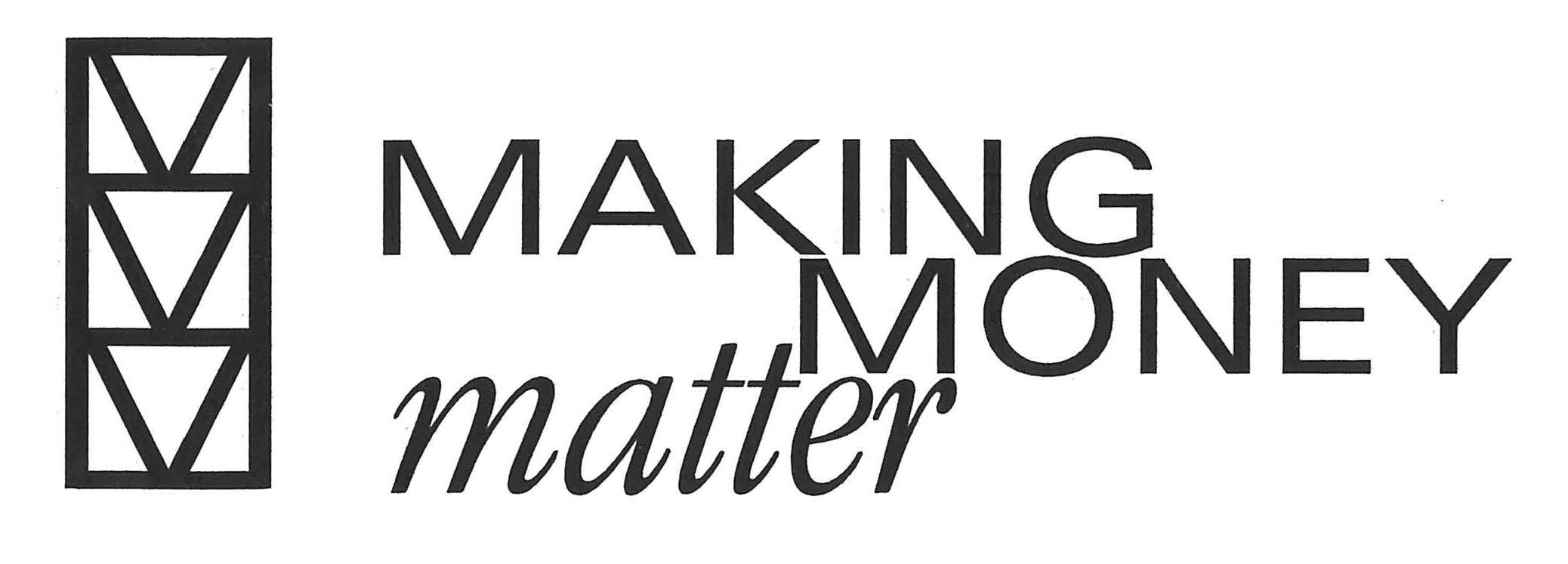Too many organizations create their fundraising plans a year at a time and they focus on the tactical aspects of special events, sponsorships, grant writing, direct mail solicitations and the identifiable and likely charitable gifts.
If fundraising goals haven’t been met in previous years, and/or the expense projections seem too high, the tendency is to cut budgets and scrap future plans. That strategy may create a downward spiral wreaking havoc with programming and consequently, mission.
Yet predicting annual revenues, especially increased annual revenues, is risky business. What if weather compromises the major fundraising event? What if the big grant you’ve counted on doesn’t come through? What if the local/state/national/world economy takes a serious hit?
How will the organization ever grow if leadership is worried about making payroll every week?
Organizational survival rests on well-designed budgets that are constructed in concert with strategic plans and that have multi-year projections—at least three and preferably five years. The budgets need to be zero-based (each entry justifiable and as accurate as possible) to assure that expenditures align with the mission and priorities. And they must capture new, defensible initiatives and opportunities for the organization to remain relevant.
Once the expense side of the budget is determined, it is critical to understand and analyze the difference between aspirations and both past and future revenue streams.
Gap analysis informs the fundraising agenda and should lead to a detailed fundraising strategic plan that mirrors the programmatic strategic plan and the multi-year budget projections.
In other words, non-profit organizations need a sustainability plan that embraces resource development broadly and goes beyond the typical annual cycle of development activities.
Such a long-term view requires understanding the difference between transactional and relationship-based interactions.
In the for-profit world, transactional marketing focuses on the efficiency of the sale. Efficiency is measured in the length of time to close the sale. One sale.
Relationship-based marketing is about effectiveness. Effectiveness is evaluated in terms of how well a client’s needs, desires and context are understood and the likelihood that he or she will engage in an on-going and mutually beneficial series of transactions over an extended period of time. Repetition and loyalty.
Fundraising can be transactional or relationship-based: one decision or an increasing knowledge about and commitment to the organization’s vision and impact.
Transactional fundraising may be repeated, but the strategies to secure the funds are generic: selling tickets to a social event that often includes the purchase of donated goods, a mailing, a response to a particular request for proposals, a Donate Now button, a set-aside giving day or a crowd-sourced time-limited internet based effort for a specific purpose.
Business gifts-in-kind or sponsorships are usually transactional and fall into several categories depending on the size and nature of the business. Sometimes these transactions are for the general good of the community and sometimes they are marketing strategies.
Yet, building a relationship with a company’s leadership may result in not only increased transactional gifts but also in philanthropic gifts that often come from a different pool of funds within the company or possibly the business owner’s family foundation or a large corporation’s affiliated foundation.
Further, building a relationship with leadership of public or private foundations can mean the difference between being invited to submit a proposal based on strict parameters as defined by the foundation, or fitting into a more discretionary pool of funding.
The people who make repeated transactional gifts are the prime candidates for relationship-based fundraising efforts. They are already somewhat familiar with the organization and the natural progression is for high-touch personalized interactions with a conscious plan to increase knowledge and understanding of their reasons for giving, their capacity, and their specific interests as related to the organization.
The goal is to increase the likelihood that they will not only continue to make transactional gifts, but gradually build their level of investment until they are sustaining donors.
Who are the sustaining donors? They are the people who can envision what their philanthropic investment can achieve and who care enough to want the organization to be there for the long haul. They foresee future outcomes and trust that the organization can achieve them. They feel the passion that allows them to tap into their most charitable inclinations, annually and longer term.
Building relationships isn’t limited to a certain few staff members who are expected to raise the money.
In the very best non-profit organizations, every member of the organization is engaged in development, from the executive director or CEO to those who are delivering the services. Board members and other volunteers play a critical role as well.
When everyone is mission driven, everyone can facilitate gifts by inviting people into the tent. Donors can bond with people at any level in the organization and their motivations to give can be stimulated by those connections.
Relationship based fundraising elevates the discussion from “how much are you asking for?” to “what will it take to get it done?” It is about facilitating the donors’ philanthropic journey as their involvement in the organization grows and they consider themselves partners in a noble enterprise. That kind of partnership leads to endowments and legacy gifts.
Raising money is about sharing the passion and opening the door.
Enid M. Ablowitz, CFRE, CSPG, is a veteran advancement professional, author and consultant who is dedicated to educating and guiding donors and non-profit organizations on the art and science of strategic philanthropy.
Originally published by the Boulder Daily Camera on August 23, 2015.
‘Til next time — Give Well, Give for Good.


